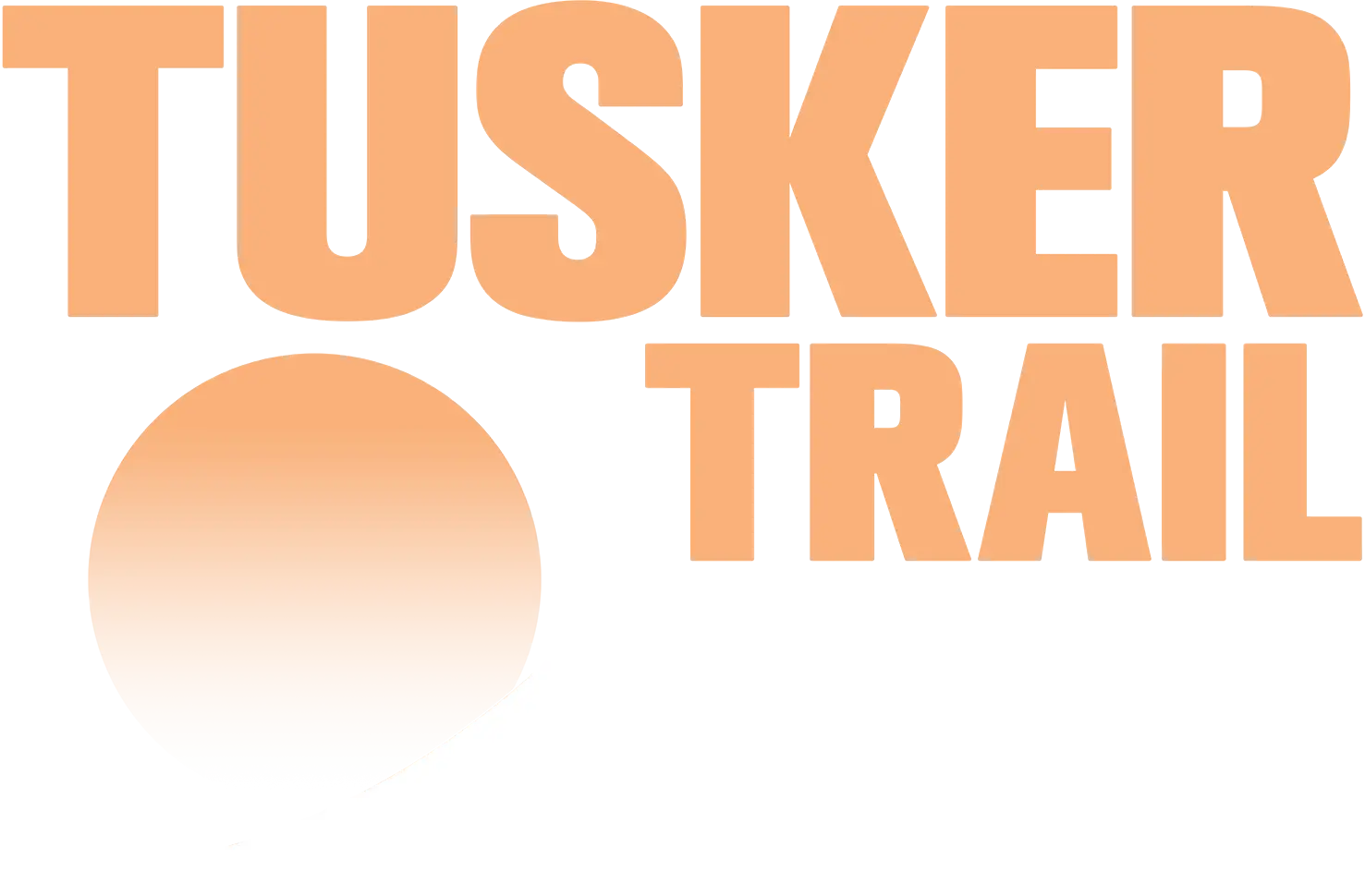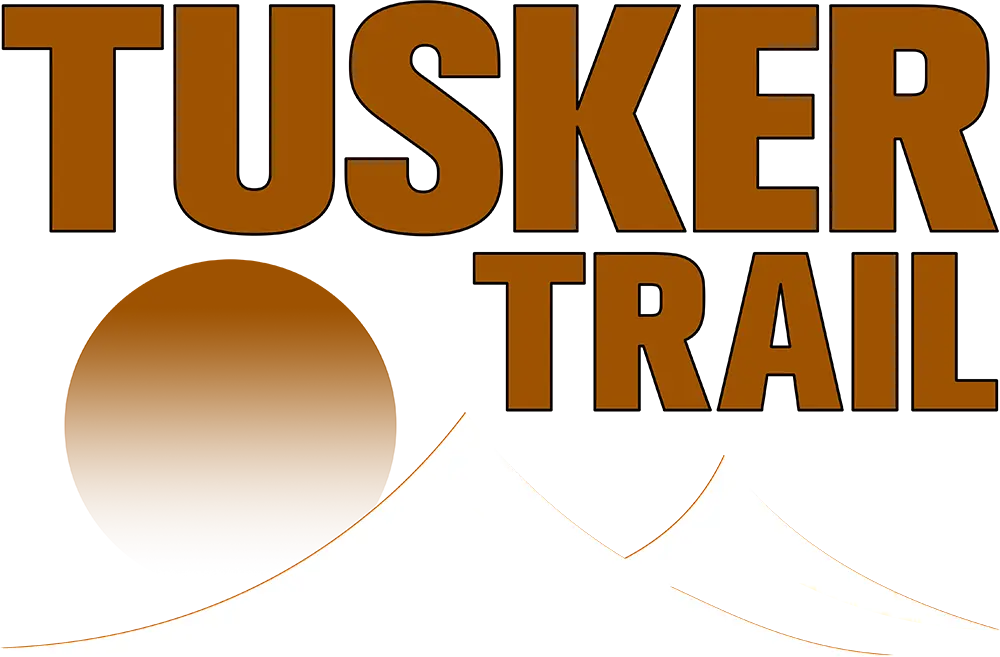Slow down and drink
You’ve trained for months and you’re 100 percent healthy exploding with energy after getting your first glimpse of Kilimanjaro. Once on the trail you’re like a lion chasing a gazelle—all adrenalin consumed by the chase. You by pass your fellow trekkers and despite your guides urging in Swahili pole pole (“go slowly”) you are in perpetual fifth gear.
By day four the group is above 12,000 feet and you’re not ahead of the pack. A severe headache, body aches and nausea has you gearing down. Acute mountain sickness and dehydration has hit, but it could have been avoided. By slowing down, drinking plenty of water and listening to your guides, symptoms could have been prevented.
Gene pool Commandments
Not everyone is predisposed to AMS especially if you’re the lucky winner in the genetic gene pool. Some people never get sick. For the rest of us we need to be smart about altitude above 8,000 feet.
Among Tusker founder Eddie Frank’s 10 Kilimanjaro Commandments there are five things to do to help improve your shot at the peak:
Drink 3-4 liters of water per day; snack every half hour the closer you get to the summit; hike slowly; breathe; and be honest with your guide about how you’re feeling. If they’re properly trained they can usually help you over the hump – or get you down before it’s too late.
Check your ego at low altitude
Those commandments seem to be common sense solutions to acclimatizing but you would be surprised by the number of fit trekkers who violate Eddie’s Kili credos and get AMS. Ego gets in their way. You may think you’re the fittest hiker on your Tusker climb, but that may be your biggest problem. Instead of slowing down, you show off how fit you are and go too fast. At home at low altitude you can trail run hatless/shirtless and be sunshine superman. Kilimanjaro, Peru’s Cordillera Blanca and Nepal’s altitudes are the great equalizers. If you try and prove too much at high altitude you likely be humbled by AMS.
Comfort foods
Your body is your temple and what you put in it at high altitude can either lead to a heavenly or hellish experience. Eating the right mix of grains, carbs, fruits/veggies will help you.
To celebrate a long day on the trail, you pull out your small flask of tequila and take a shot before hitting the sack. Big mistake. Caffeine and alcohol are big time no-no’s at altitude. So are sleeping pills and narcotic pain meds because they too slow down your breathing.
Potassium is a natural salt and in addition to giving you instant energy is effective in combating altitude sickness. Bananas and avocado are all good for potassium. Great snacks on the trail include granola, chocolate and dates.
Eat right and drink right even if you’re not hungry or thirsty.
Diamox to the rescue
Altitude sickness can be avoided by starting the trip in peak condition. If you come to Kili with a sore throat, a cough or any respiratory infection you shouldn’t be ascending above 9,000 feet. Consider postponing the climb rather than trying to get healthy on the mountain. Tusker gives you a rain check. If you’re not 100 percent healthy two weeks before the trip get to the doctor and see if he can get you back on track. Also have him prescribe Diamox that will help you acclimatize.
Bottom line in high country
Many of us would love to tackle Kilimanjaro but because we’ve had bouts of AMS in the past just assume we’re prone to altitude sickness and don’t make the push. By climbing with a company like Tusker that is super conscious about AMS you have a better shot at making the summit.
Still, the onus is on us to be smart about our approach to altitude. We can’t operate on Kilimanjaro the same way we hike the trail around the lake at home. Take AMS as seriously as a lightning storm or an avalanche.



